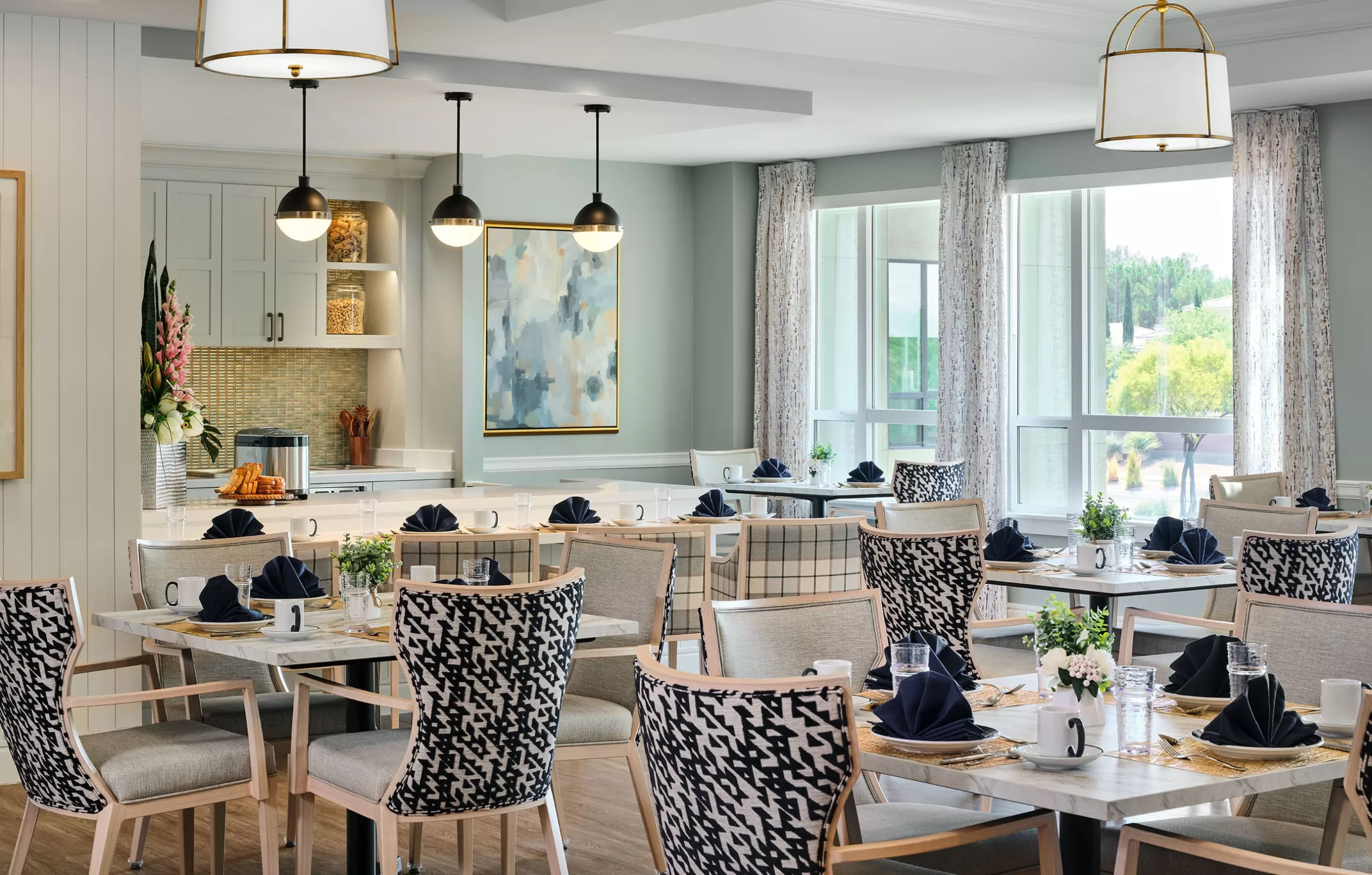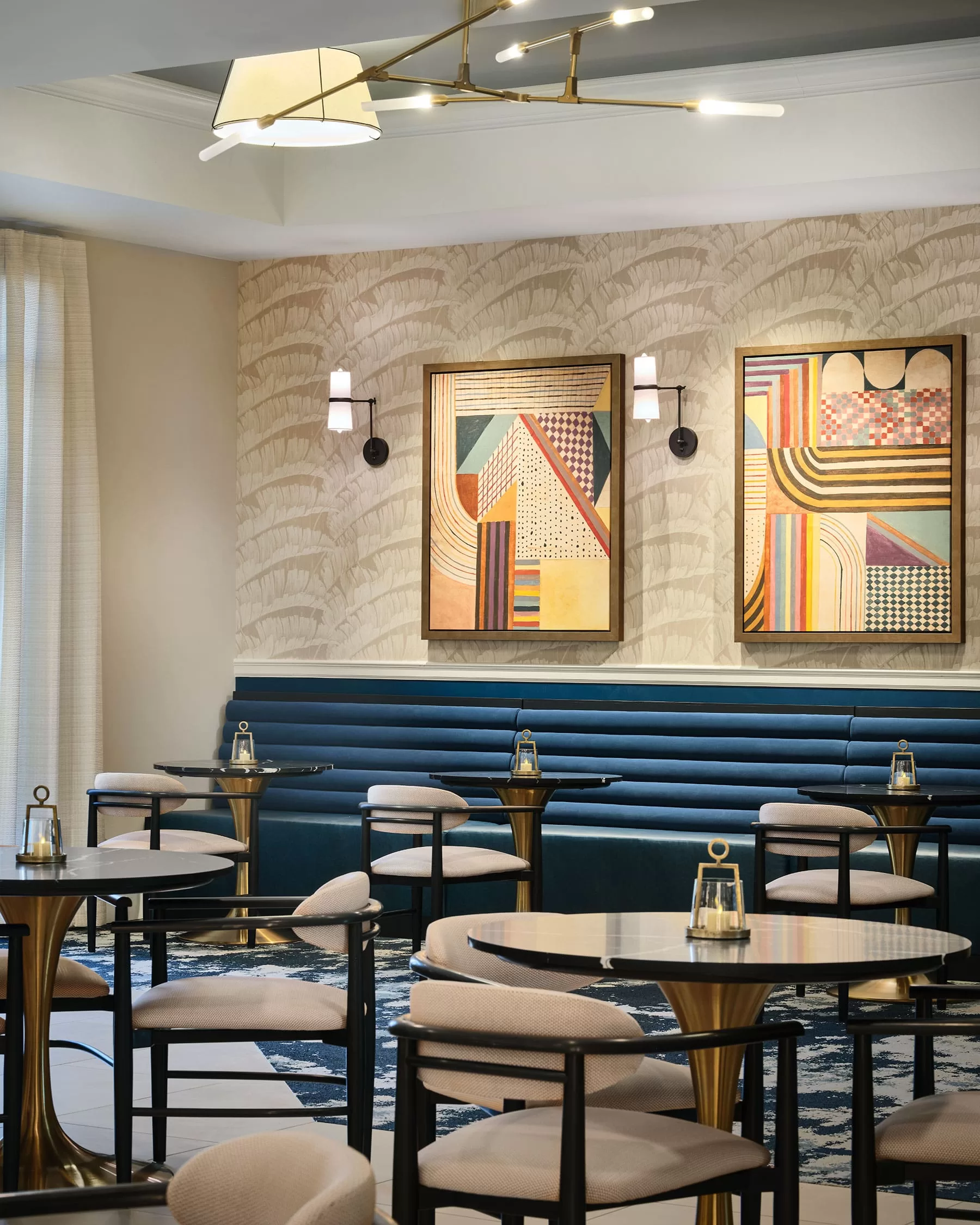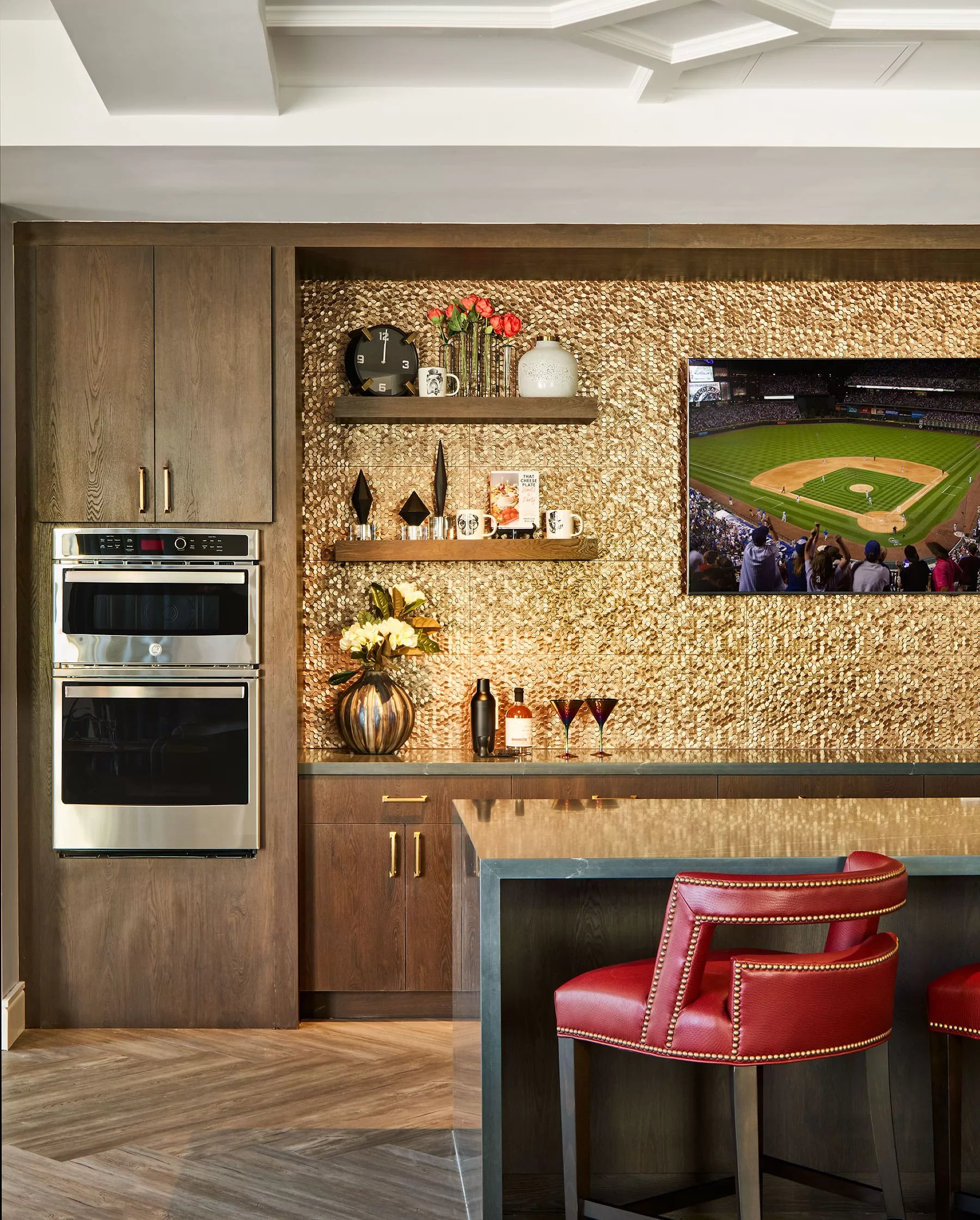
Let’s talk about furniture. One of the biggest elements when designing for Seniors is having the appropriate furniture. Due to aging residents’ different limitations both physically and mentally, the right furniture can take a project from just “another senior living facility” to a well designed and beautifully functional home.
To better understand the needs of seniors, it’s important to note the mental and physical changes that occur over time. According to the Mayo Clinic, some of those notable changes are:
Bones, Joints & Muscles: “With age, bones tend to shrink in size and density, weakening them and making them more susceptible to fracture. You might even become a bit shorter. Muscles generally lose strength, endurance and flexibility — factors that can affect your coordination, stability and balance.”
“The chemical composition of your body changes as well. In between your bones, there is a cushion that keeps your bones from rubbing together. Over time this cushion retains less water and deteriorates.
As your bones settle in together, you lose a few millimeters at a time. It is normal to shrink by about one inch as you age. If you shrink more than an inch, a more serious health condition may be to blame.”
Skin: With age, your skin thins and becomes less elastic and more fragile, and fatty tissue just below the skin decreases. You might notice that you bruise more easily. Decreased production of natural oils might make your skin drier. Wrinkles, age spots and small growths called skin tags are more common.
Eyes & Ears: With age, you might have difficulty focusing on objects that are close up. You might become more sensitive to glare and have trouble adapting to different levels of light. Aging also can affect your eye’s lens, causing clouded vision (cataracts).
Your hearing also might diminish. You might have difficulty hearing high frequencies or following a conversation in a crowded room.
Bladder & Urinary Tract: Your bladder may become less elastic as you age, resulting in the need to urinate more often. Weakening of bladder muscles and pelvic floor muscles may make it difficult for you to empty your bladder completely or cause you to lose bladder control (urinary incontinence). In men, an enlarged or inflamed prostate also can cause difficult emptying the bladder and incontinence.
Knowing the different challenges that affect this aging population, we’re then able to make more ergonomic design choices that better support residents’ independence, and mobility throughout their communities.
Things to consider when selecting furniture for Senior Living Environments: Scale, Materials, Style/Functionality
The ergonomics (an applied science concerned with designing and arranging things people use so that the people and things interact most efficiently and safely) of aging adults requires different dimensions and proportions than those of the rest of the population. Seat depths, heights and widths are often adjusted a few inches in order to help residents maintain their independence. For example, if the depth of a chair is too great, a person smaller in stature might get stuck and need assistance from a care team member to help them rise.


The materials used in senior living design play a vital role in the safety and durability of furniture within these communities. Easy to clean materials that are non-porous and antimicrobial are great for the maintenance staff to ensure that there aren’t any lingering germs left on surfaces. Often within these communities, the fabrics chosen need to be bleach-cleanable, and finished with a moisture barrier to prolong the lifespan of the furniture and fabrics in occurrences of spills and accidents. Using textiles with finishes such as Crypton, or vinyls that are PFAS free are perfect for senior living applications. Other materials great for Senior Living design are casegoods with UV Finishes that make the wood impervious to typical scratches, chips, or color fading, and faux wood aluminum that look like real wood but perform like a powder-coated steel.
Spaces within these communities often need to be dual-functional, serving a wide range of activities. Have furniture that is lightweight such as Aluminum Wood-Grain chairs are easy for residents to rearrange their spaces to fit their various needs. Contributing to the flexibility and ease of use for residents is added chair glides to dining/ activity chairs when appropriate. It provides seniors with added mobility to “scooch” themselves in and out from tables without relying on the assistance of someone else. Additionally, selecting chairs that all have appropriate arm heights, and non-top heavy tables offer support for residents to help themselves get from seated to standing. Seating with appropriate cushion density can also contribute to a resident being able to get themselves out of chairs, if something is too soft it limits mobility and seniors can get “stuck.”
While there is constant product development and new technology being released aim to aid aging adults, the furniture of each space plays such a vital role in the way residents act within their communities and environments. The factors listed above are just the tip of the iceberg, but major considerations to keep in mind when designing a senior living environment.
